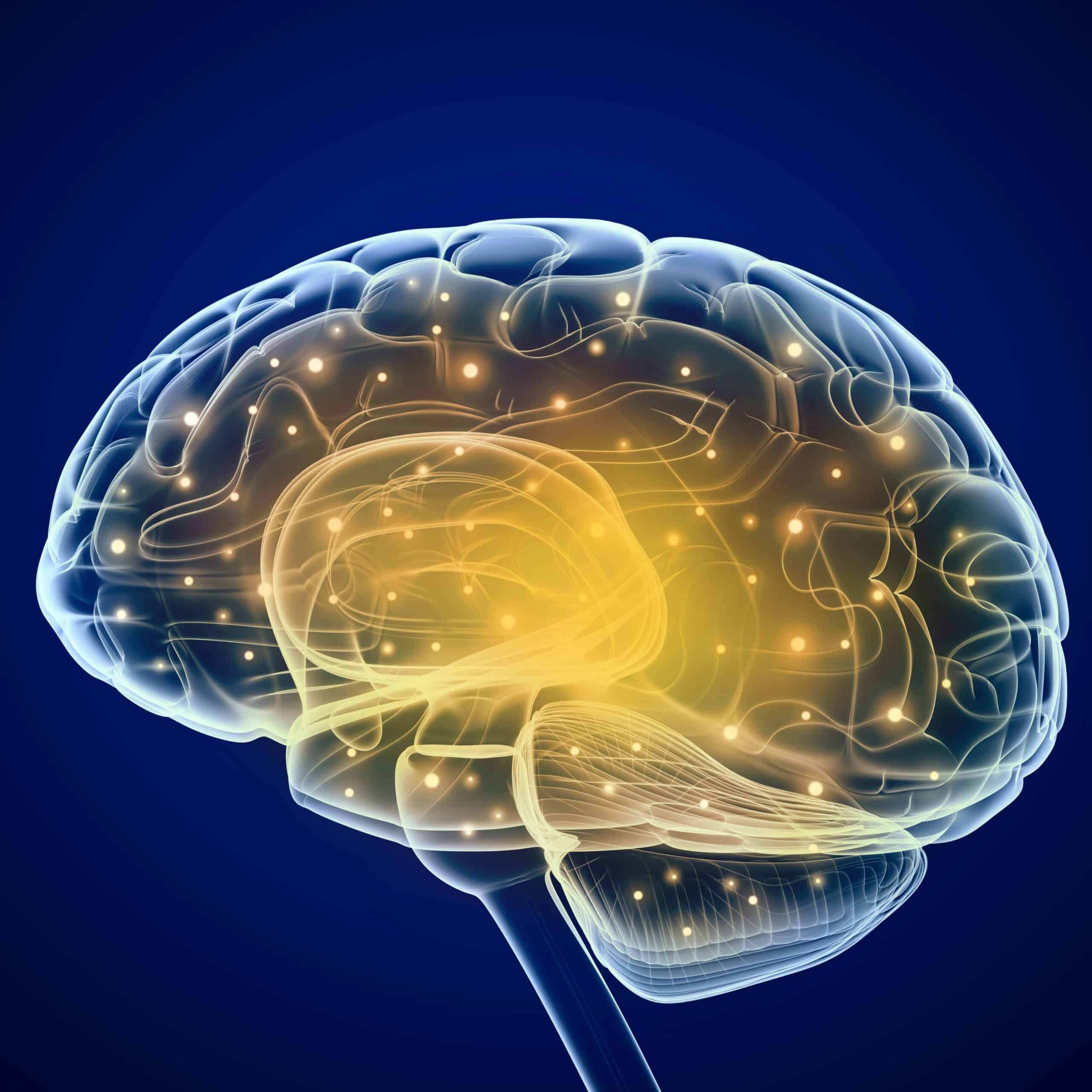Different kinds/combinations of unrelated/unstimulated sensational experiences occur in 1 in 23 people. Rarer combinations occur 1 in 200 people, and cases when three or more simultaneous sensations occur at the same time occur 1 in 100,000.
Synaesthesia is associated with varied neurocognitive factors, including activation of sensory nodes within the brain, automatic cognitive processes, and consciousness. Cross-wiring within the brain neurons and synapses of a particular sensory system overlapping with another brain system is the most common explanation for the condition. Hypothesis supporting this postulates it occurs normally at birth but is refined in the aging process; making individuals with the condition have underdeveloped sensory systems.
It has not yet been discovered the exact areas of the brain where the condition develops, prime candidates are the cerebral cortex and limbic system. Brain imaging shows significant responses associated with synaesthesia factors and sensory stimuli while testing these regions. Activations among synaesthesia factors are not present in normal neurological functions. New findings suggest that synaesthesia is directly related to consciousness via sharing correlated neural processes.
Personal experiences account for individual differences in conscious perceptions. Gaining better understandings of the underlying processes involved in sensory perceptions with synaesthesia will open the door to new paths for expansive intakes on consciousness.
The condition is often referred to as a neurological condition and is associated with psychiatric disorders, but is not included in the latest Diagnostic and Statistical Manual of Mental DIsorders. The condition occurs more among women than men, and in left handed people. Individuals with normal neurological functions can also acquire synaesthesia.
At the present time there is no official way to diagnose the condition. Research shows that there are some features which are commonly present among synaesthesia which include: inability to control the condition; the experience appears to the patient as if it were projected as an illusion outside of their body or imaginary perception; experiences associated with a particular stimulus are durable, generic, and consistent; secondary sensations are remembered more than the primary; perceptions influence emotional reactions. Synaesthesia is associated with genetic factors such as a family history of the condition, and it being transmitted via dominant X-chromosome.
Synaesthesia is treated as an ability rather than disability, most individuals with synaesthesia don’t seek treatment. Fully resolving the condition is difficult, as it is directly involved with neural functioning and genetics which are very difficult factors to alter. Cases of synaesthesia are only addressed when the condition affects everyday life, in such cases patients are asked to engage in deep hypnosis therapy which has been found to be effective. While under hypnosis patients are asked a series of questions and activities that ultimately addresses and eliminates either the unconscious dreams or conscious synaesthesia experienced cognitions, if successful the entire sensory experience may be resolved or decreased.




